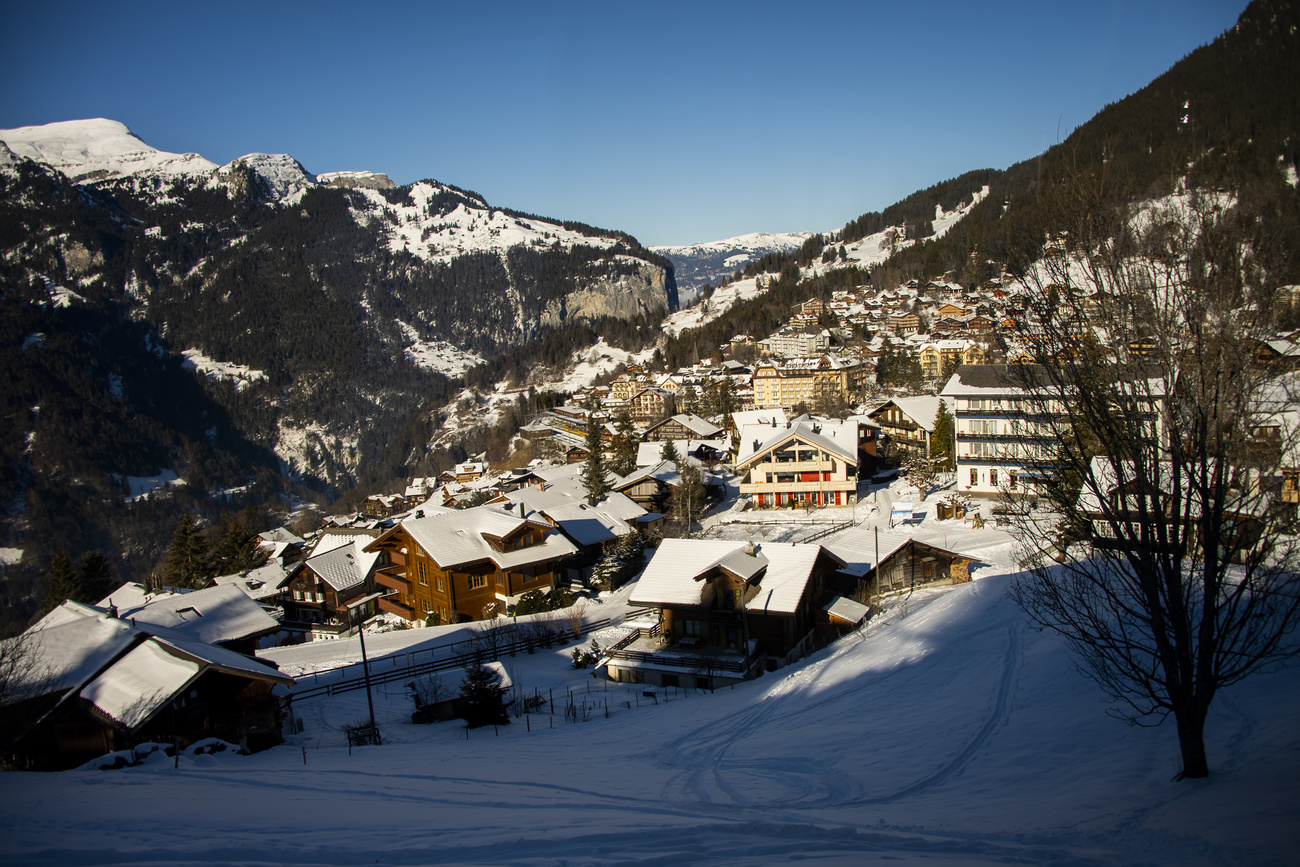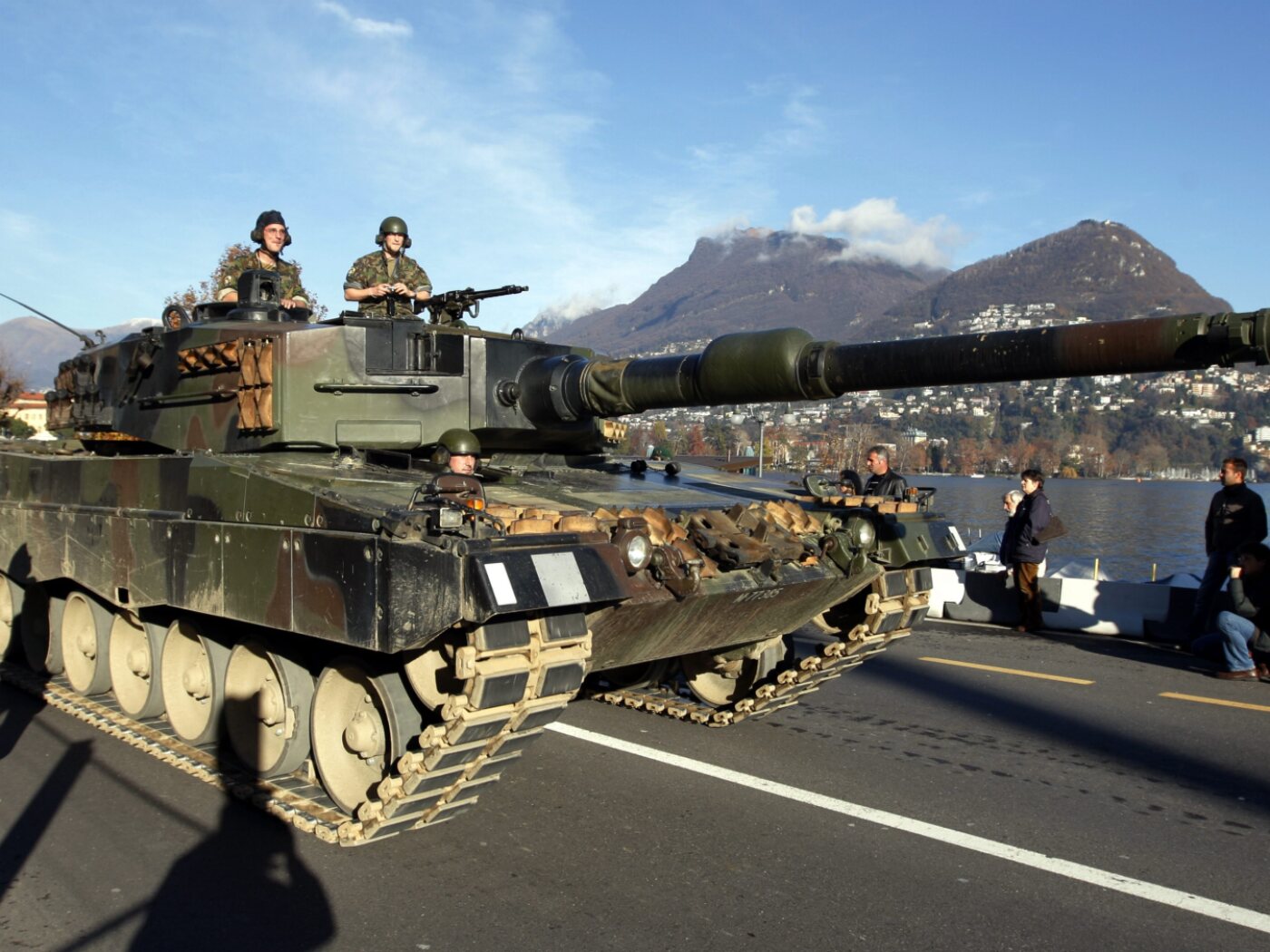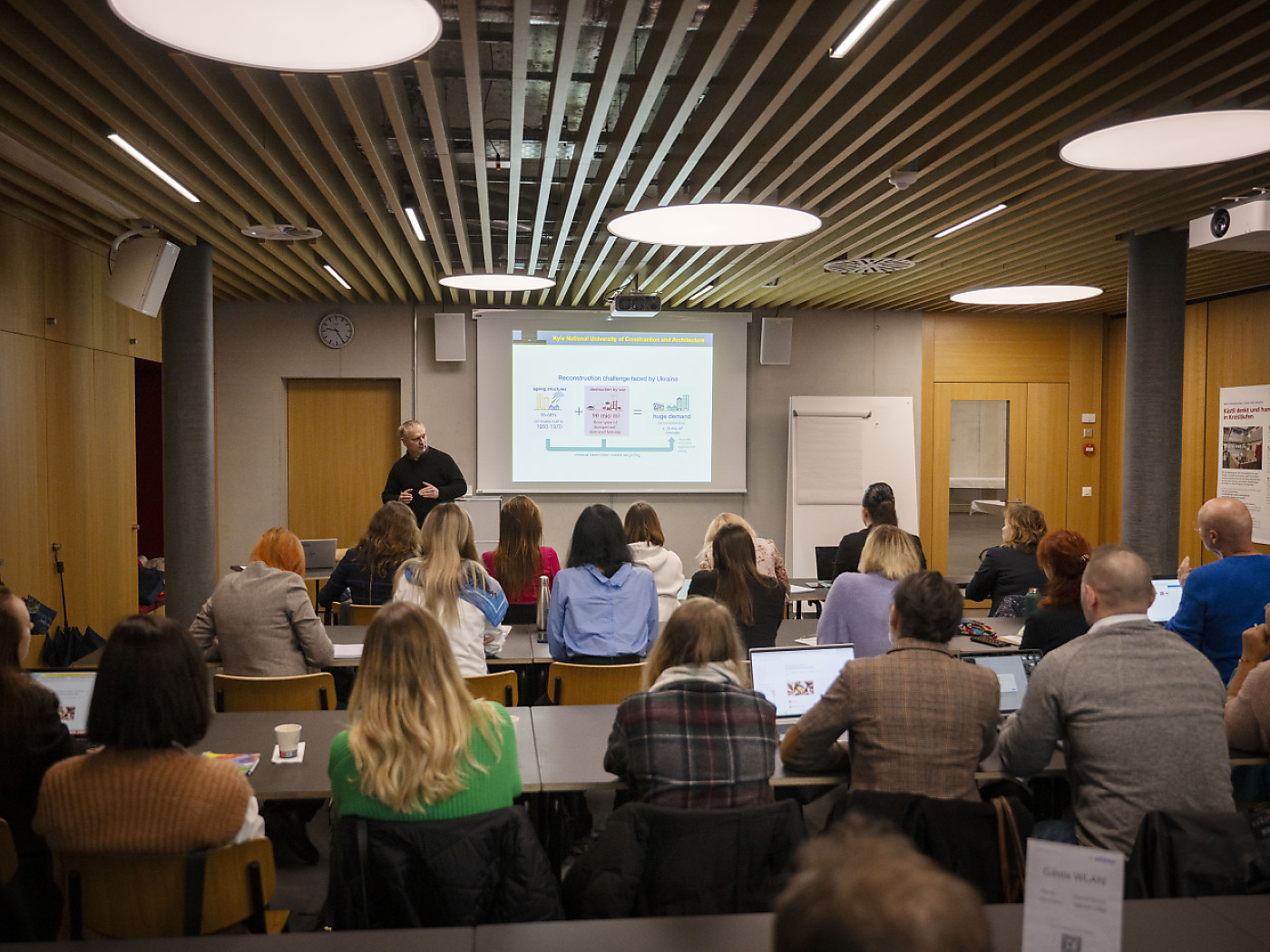Swiss-built robot changes shape to adapt to terrain

Scientists at the Swiss Federal Institute of Technology Lausanne (EPFL) have developed a bioinspired robot capable of changing shape according to its environment.
+Get the most important news from Switzerland in your inbox
This breakthrough, published this week in Science Robotics, represents a new approach to robotic locomotion, according to its authors.
A team from the Faculty of Engineering at the EPFL has developed GOAT (Good Over All Terrains), a robot capable of moving through a variety of environments as deftly as animals by rapidly changing shape.
The machine can switch from a rover configuration to a spherical one as it moves. This enables it to move forwards, roll and even swim, while consuming less energy than a robot equipped with legs or arms.
“Whereas most robots calculate the shortest path from point A to point B, GOAT takes into account the mode of travel as well as the path,” explained Josie Hughes, who led the work, quoted in an EPFL release on Thursday.
“For example, instead of going around an obstacle such as a stream, GOAT can swim directly across it. If its path is hilly, it can roll downhill like a ball to save time and energy, then move forwards like a rover when it’s no longer advantageous to roll,” she added.
+ Switzerland – where the robots of tomorrow are born
Smooth adaptation
To design the robot, the scientists drew inspiration from animals such as spiders, kangaroos, cockroaches and octopuses. Constructed from inexpensive materials, the robot’s frame consists of two crossed elastic fibereglass rods, with four motorised rimless wheels.
Two winch-driven cables modify the frame’s configuration, eventually shortening like tendons to pull it tightly into a ball. The battery, on-board computer and sensors are contained in a payload weighing up to 2kg. This is suspended in the centre of the frame, where it is well protected.
Max Polzin, PhD student and first author of the study, explains that reconfigurability also enables GOAT to travel with minimal sensor equipment. Equipped only with a satellite navigation system and a device for measuring the robot’s orientation, GOAT carries no cameras: it doesn’t need to know exactly what’s in its path.
“Most robots that move over difficult terrain have numerous sensors to determine the status of each motor, but thanks to its ability to take advantage of its reconfigurability, GOAT doesn’t need complex sensors. It can exploit the environment, even with very limited knowledge of it, to find the path of least resistance,” Polzin said.
The device could be used for a wide range of applications, from environmental monitoring to disaster response and space exploration.
Translated from French by DeepL/ts
This news story has been written and carefully fact-checked by an external editorial team. At SWI swissinfo.ch we select the most relevant news for an international audience and use automatic translation tools such as DeepL to translate it into English. Providing you with automatically translated news gives us the time to write more in-depth articles.
If you want to know more about how we work, have a look here, if you want to learn more about how we use technology, click here, and if you have feedback on this news story please write to english@swissinfo.ch.

In compliance with the JTI standards
More: SWI swissinfo.ch certified by the Journalism Trust Initiative


















You can find an overview of ongoing debates with our journalists here . Please join us!
If you want to start a conversation about a topic raised in this article or want to report factual errors, email us at english@swissinfo.ch.